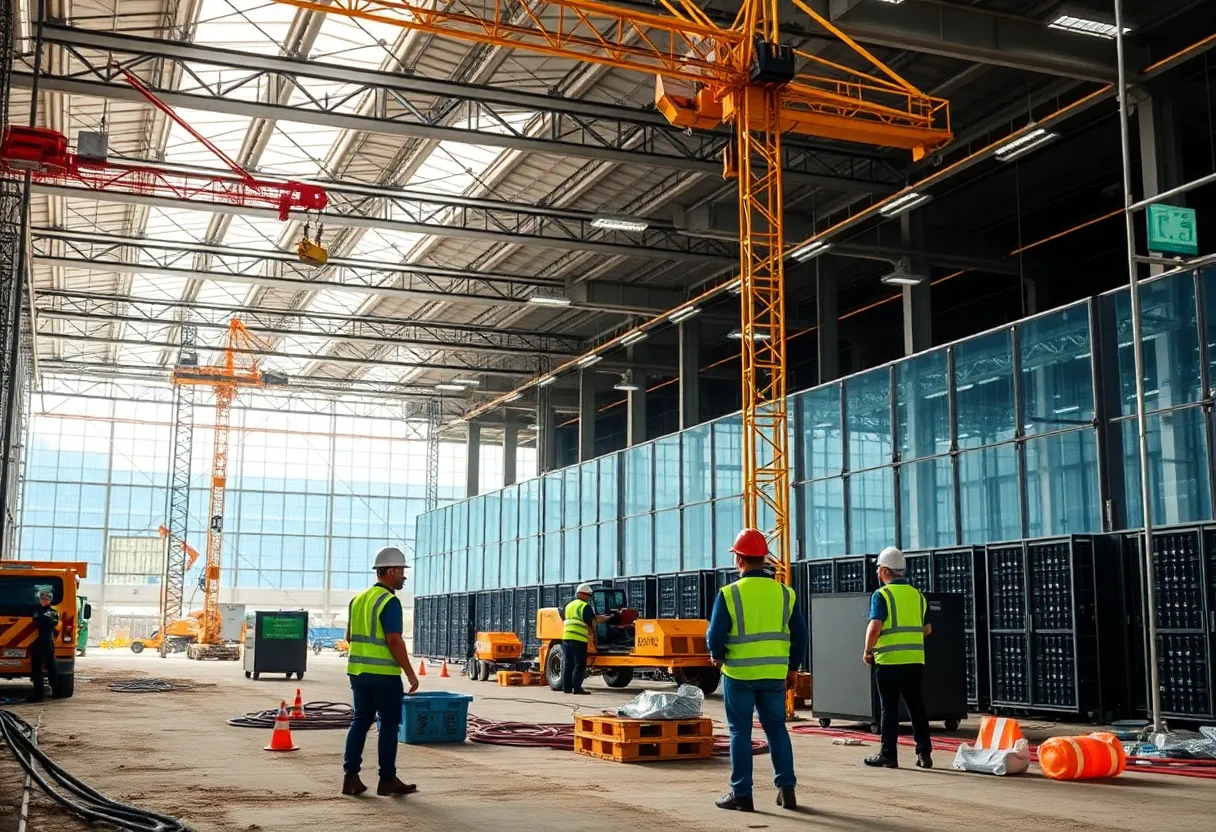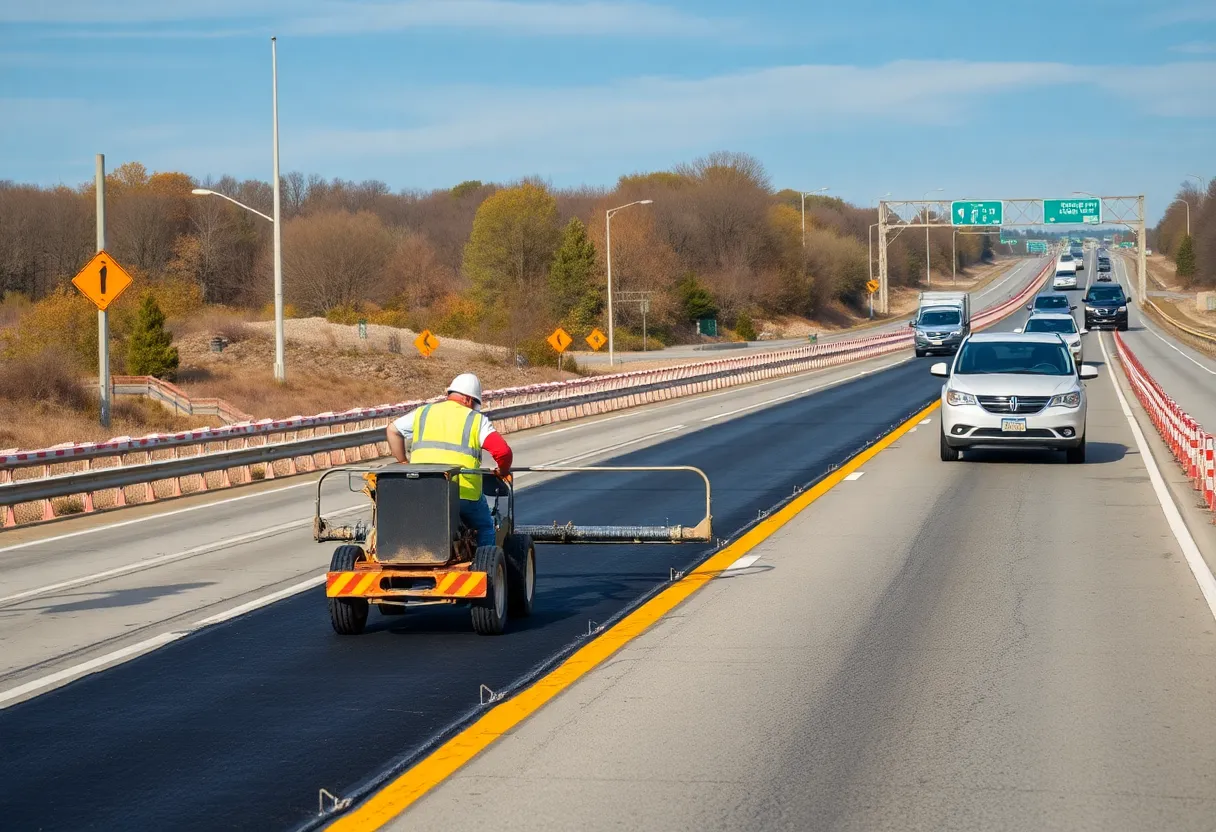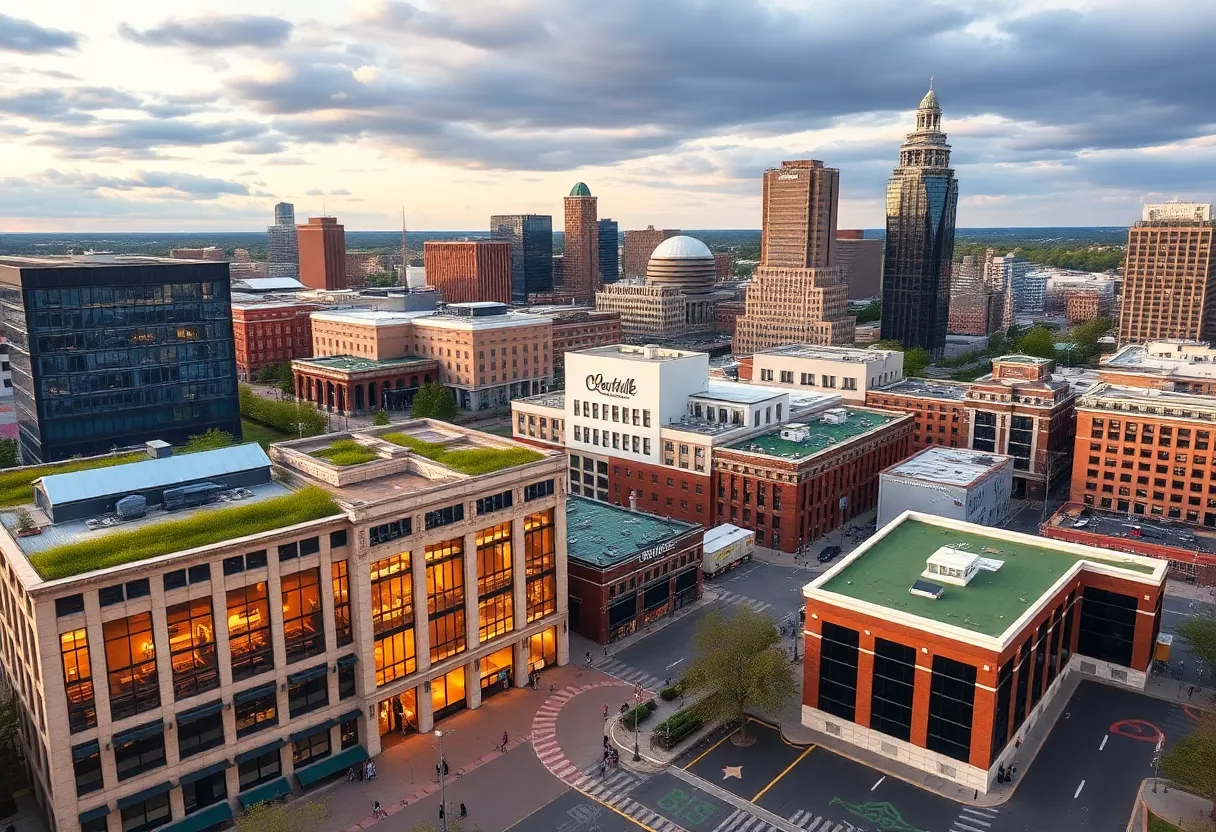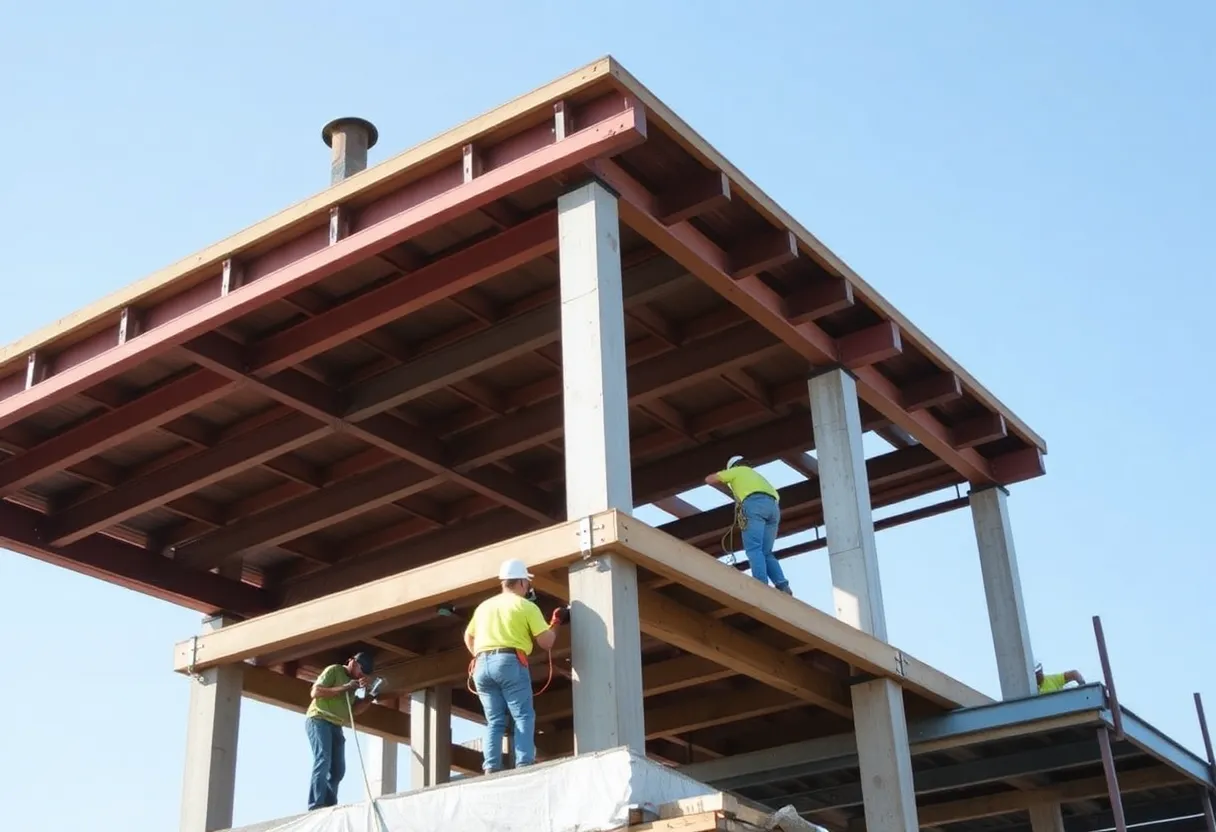News Summary
The rapid expansion of AI data centers is revealing significant labor market challenges, as construction firms struggle to fill vital roles like electricians and IT specialists. Despite substantial investments from tech giants, factors like a 15% wage increase in key regions, ongoing automation integration, and supply chain disruptions for semiconductors are contributing to delays in projects. The industry is turning to partnerships with educational institutions to create a skilled workforce, while the demand for eco-friendly data centers remains high. Policy support could ease current backlogs and sustain growth.
Washington, D.C.
The AI data center boom is facing significant challenges in the labor market, with construction firms struggling to fill essential roles amid rapid industry expansion. Tech giants are investing billions in new facilities, but recruitment for skilled workers like electricians and IT specialists remains a major hurdle.
In key regions, wages have surged by 15%, reflecting the high demand for labor. Automation is helping streamline some construction processes, yet the scarcity of skilled workers continues to delay projects. Supply chain disruptions, particularly for semiconductors, are further complicating timelines and adding pressure on the sector.
Industry efforts are focusing on forming partnerships with educational institutions to train a new workforce. Despite these obstacles, the demand for eco-friendly data centers persists, driven by the ongoing shift toward digital infrastructure. Analysts predict that backlogs could ease with supportive policies, allowing innovation to propel the industry forward through improved recruitment strategies.
This boom highlights the broader transformation in the construction sector, underscoring the need for adaptive measures to sustain growth.
Supporting Details
Construction companies are grappling with a tight labor market, where the rapid pace of AI data center development has outstripped the available pool of qualified workers. For instance, the demand for electricians and IT specialists has intensified as tech firms pour billions into building state-of-the-art facilities. This shortage is not isolated but affects multiple regions, contributing to project delays and increased costs.
Wage growth in data-heavy areas, such as Virginia, has risen by 15%, as firms compete to attract and retain talent. While automation technologies are being integrated to assist in building processes, they cannot fully replace the need for human expertise, especially in specialized tasks. Additionally, supply chain issues for critical components like semiconductors are exacerbating timelines, forcing companies to rethink their strategies.
To address these challenges, sector leaders are advocating for collaborations with educational programs to upskill workers. This approach aims to build a sustainable workforce capable of meeting the sector’s evolving demands. The push for eco-friendly data centers remains strong, with investments continuing despite the hurdles, as the industry adapts to support digital advancements.
Background Context
The expansion of AI data centers represents a significant shift in digital infrastructure, driven by increasing reliance on technology for everyday operations. Over the past few years, tech companies have accelerated their investments, leading to a surge in construction activity across the United States. However, this growth has exposed underlying issues in the labor market, where the demand for skilled trades has grown faster than supply.
Historically, the construction industry has faced fluctuations, but the current boom is unique due to its ties to technological innovation. Regions like Virginia have become hotspots for data center development, attracting major investments and highlighting economic disparities in wage growth. Analysts note that policy interventions, such as incentives for training programs, could help alleviate backlogs and foster long-term stability.
Ultimately, the sector’s ability to innovate in recruitment and training will be key to overcoming these challenges. As the demand for digital infrastructure persists, the focus on sustainable practices ensures that growth aligns with environmental goals, paving the way for a more resilient industry.
To expand on this, the AI data center construction boom is not just about building facilities; it involves addressing workforce gaps to support technological progress. For example, the 15% wage surge in affected areas underscores the economic ripple effects, potentially influencing other sectors. Companies are exploring creative solutions, like automated tools, to bridge the labor shortage while maintaining project quality.
Furthermore, the advocacy for education partnerships emphasizes a proactive approach, aiming to create a pipeline of skilled workers. This strategy could mitigate future shortages and enhance overall efficiency. Despite the complications from supply chains, the sector’s commitment to eco-friendly initiatives demonstrates resilience, as stakeholders push for greener technologies.
Analysts’ forecasts suggest that with appropriate policy support, such as government-backed training initiatives, the current backlogs might diminish, allowing for smoother operations. This evolution reflects broader trends in the economy, where digital infrastructure is becoming foundational, requiring ongoing adaptation from all involved parties.
In summary, the AI data center boom is a double-edged sword: it drives economic growth but exposes labor market vulnerabilities. By focusing on recruitment innovations and strategic partnerships, the industry is poised to navigate these challenges effectively.
This development continues to shape the construction landscape, emphasizing the need for balanced growth in a tech-driven world. The ongoing efforts to train workers and resolve supply issues will likely determine the pace of future expansions, ensuring that the sector can meet rising demands without compromising standards.
As projects progress, the integration of automation and sustainable practices will play a crucial role, highlighting the sector’s adaptability in the face of adversity.
FAQ Section
Frequently Asked Questions
- What challenges are construction firms facing in the AI data center boom?
- Construction firms are struggling to fill roles amid rapid expansion.
- How are tech giants affected by this boom?
- Tech giants investing billions in facilities face recruitment challenges for electricians and IT specialists.
- What is happening with wages in data-heavy regions?
- Wages are surging 15% in data-heavy regions like Virginia.
- How is automation involved?
- Automation is aiding some builds, but skilled labor remains scarce.
- What complications are arising from supply chains?
- Supply chain issues for semiconductors complicate timelines.
- What are industry leaders advocating for?
- Industry leaders advocate for education partnerships to train workers.
- Is there ongoing demand despite the hurdles?
- Despite hurdles, demand for eco-friendly centers persists.
- What do analysts foresee?
- Analysts foresee backlogs easing with policy support.
- What does the boom underscore?
- The boom underscores shifts toward digital infrastructure.
- How is the sector moving forward?
- Innovation drives the sector forward through recruitment strategies.
Key Features Chart
| Feature | Description |
|---|---|
| Labor Challenges | Struggling to fill roles amid rapid expansion |





